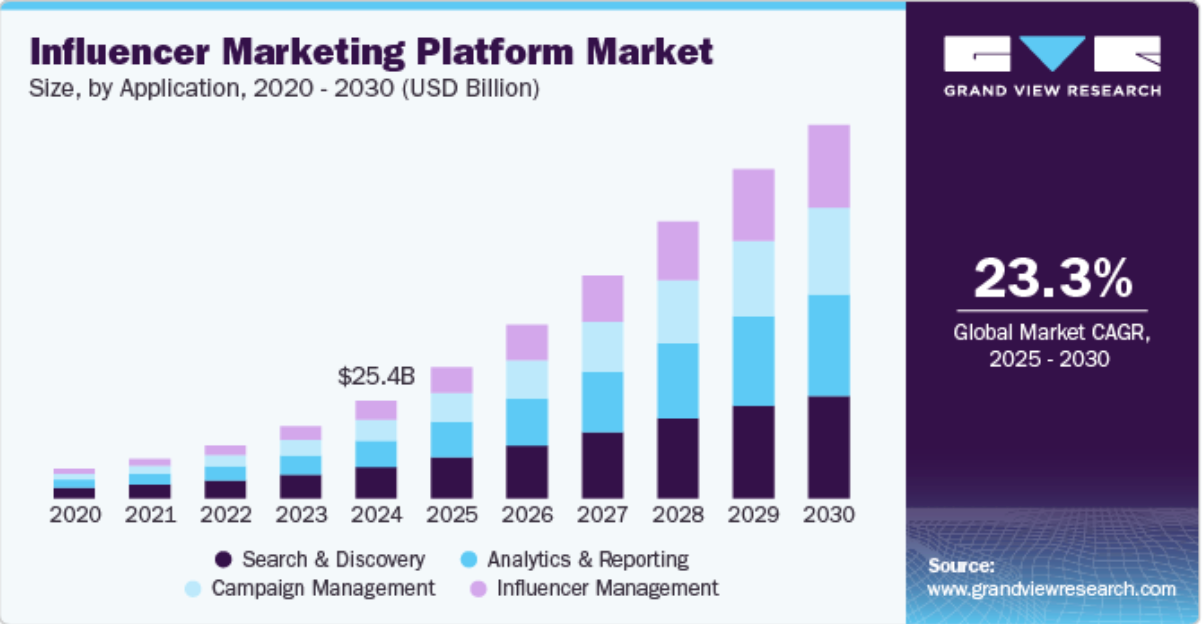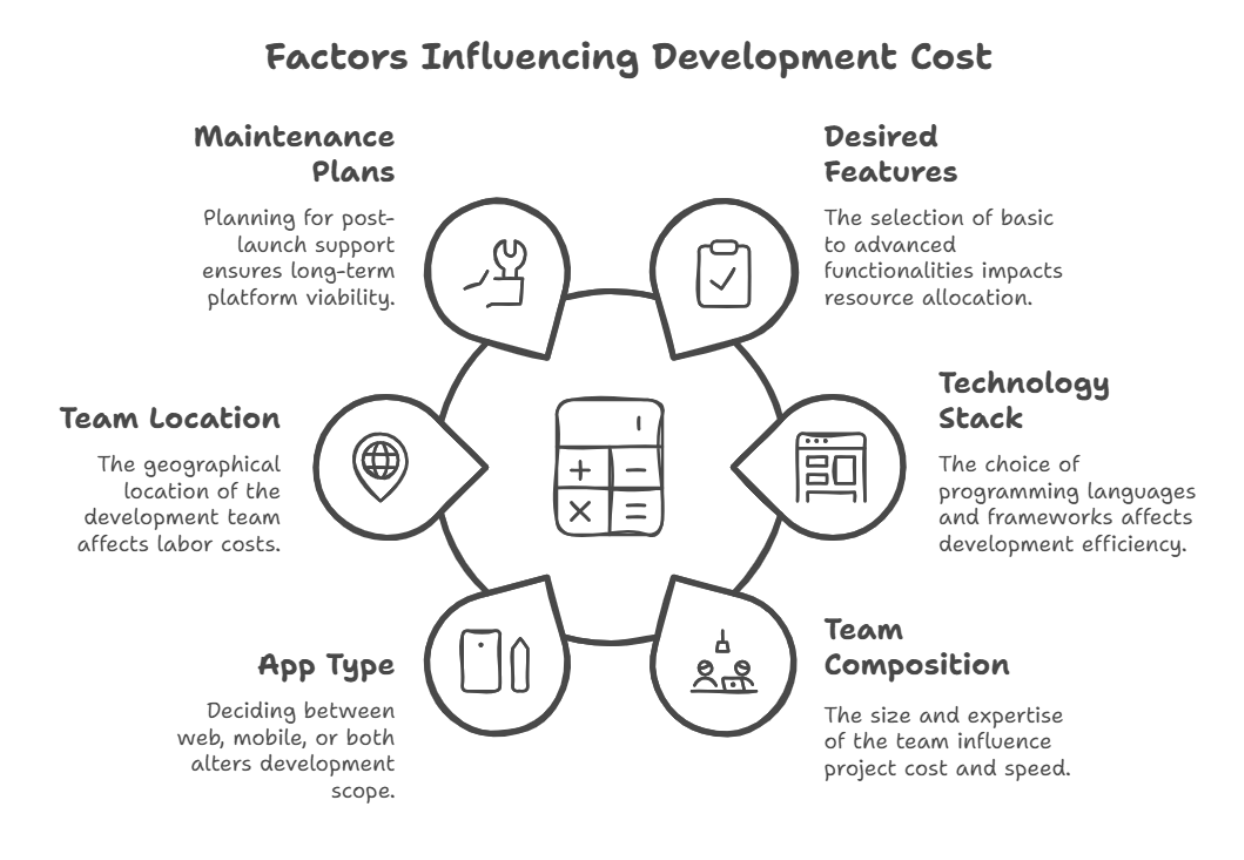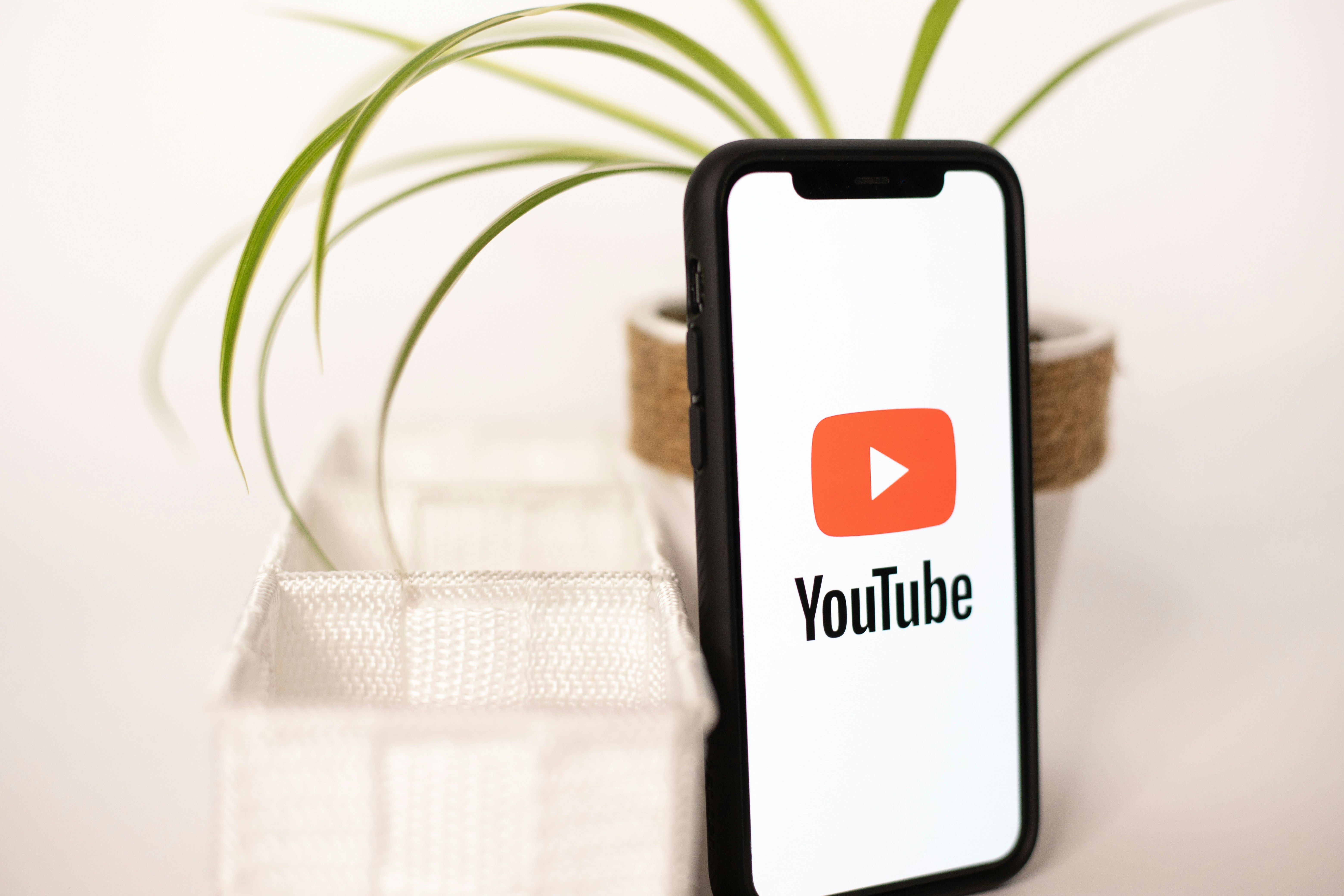How do you create a successful influencer marketing platform that stands out in today’s market? With businesses spending billions on influencer collaborations, the demand for well-balanced, feature-rich platforms has skyrocketed. In this guide, we’ll break down the core features, steps, and technologies needed to create a high-performing influencer marketing platform. By the end, you’ll have a clear roadmap to create a platform that fosters meaningful connections between brands and influencers.
Why build an influencer marketing platform?
An influencer marketing platform is a centralized tool that allows businesses to discover influencers, manage campaigns, and analyze performance—all from a single interface. This approach simplifies processes like influencer outreach, contract negotiation, and performance tracking, making it indispensable for brands managing multiple campaigns or influencers.
The global influencer marketing market was valued at $10.39 billion in 2021 and is projected to grow at a CAGR of 33.4% through 2030. This surge reflects the increasing reliance on influencers as a marketing channel, with 86% of marketers dedicating part of their budgets to influencer campaigns. Building your platform enables brands to save on third-party fees and provides full control over features and data, creating a solution specific to business needs. With the right strategy, you can design an innovative platform that combines the capabilities of influencer management with the connectivity of social apps, similar to how you would create an app like Facebook to improve user engagement and streamline workflows.

If you build your own influencer marketing platform, you can:
- Eliminate recurring costs associated with external platforms.
- Design a platform that aligns precisely with business goals.
- Maintain complete access and oversight of user and campaign data.
- Address specific needs for niche markets or industries.
- Monetize the platform by offering access to other brands or agencies.
Key components of an influencer marketing platform
To build a successful influencer marketing platform, integrating core features provides seamless functionality and user satisfaction. Below are the basic features that every platform must include, along with additional features to improve user experience.
Influencer search and discovery
One of the core features of any influencer platform is the ability to find influencers to drive sales for specific campaigns. This involves advanced search and filtering options based on criteria like location, niche, audience demographics, engagement rates, and follower count. Incorporating AI-driven recommendations can further streamline the process by suggesting influencers who align with a brand’s goals and values. Careful backend development is important to create a platform architecture that supports scalability, security, and seamless integration
Campaign management tools
An advanced campaign management system simplifies planning and execution. Features like content approvals, task tracking, deadline management, and collaboration tools allow brands to oversee multiple campaigns simultaneously. Integrating tools to set budgets and track deliverables helps campaigns run smoothly and on time.
Analytics and reporting
Real-time analytics provide valuable insights into campaign performance. Metrics such as reach, impressions, engagement rate, conversions, and ROI help brands evaluate the success of their campaigns. Visualization tools, like dashboards and downloadable reports, can simplify data interpretation and enable data-driven decisions.
Profile management
Both brands and influencers should have the ability to create and manage profiles. Influencer profiles should showcase key metrics, past collaborations, and content portfolios, making it easier for brands to evaluate their suitability. Similarly, brand profiles can provide influencers with an understanding of their potential clients’ vision and goals.
Payment and transaction systems
A secure payment gateway is a must-have for handling transactions between brands and influencers. Features like automated invoicing, escrow services, and tax compliance options are important for apps for influencers to make money as they streamline payment processes. It’s important to integrate multiple payment methods, such as PayPal, Stripe, and bank transfers, to increase flexibility for users.
Integration with social media platforms
Seamless integration with major social media platforms is a must. Platform APIs like Instagram, YouTube, and TikTok enable audience insights, performance tracking, and influencer verification features. This connectivity provides accurate data and smooth workflows.
Communication and collaboration tools
In-app messaging and collaborative interfaces for seamless interaction, feedback, and campaign execution.
Additional features you can include:
- A mutual feedback system is needed to foster credibility and decision-making.
- Automated suggestions to match brands with influencers based on campaign requirements.
- Interactive tools for immersive and innovative campaigns.
By prioritizing these core features and complementing them with additional functionalities, your platform can deliver value to brands and influencers while standing out in a competitive market.
How to build a social media influencer marketing platform
Below is a step-by-step guide to help you develop an influencer management platform that meets the needs of both brands and influencers.
Step 1. Define the objectives of your platform
Decide whether it will focus on influencer discovery, campaign management, analytics, or a combination of these. You’ll also need to identify your target audience. For instance, are you catering to small businesses, large enterprises, or individual influencers? Clearly outlining your goals will shape the platform’s development and feature set.
Step 2. Conduct market research
Analyze the current influencer marketing field to identify gaps and opportunities. Study competitor influencer management platforms to understand their strengths, weaknesses, and unique selling points. This research will help you create a platform that addresses unmet needs, such as advanced analytics, improved influencer vetting, or better campaign tracking features.
Step 3. Design core features
Select the features your influencer marketing software must offer. These typically include influencer search and discovery, campaign management, analytics and reporting, secure payment systems, and communication tools. Consider adding advanced capabilities like AI-driven influencer recommendations, augmented reality (AR) integrations for creative campaigns, or competitive audience analysis tools.
Step 4. Choose the right technology stack
Select technologies that align with your platform’s requirements. Popular choices include React.js for the frontend development, Node.js for the backend, and MySQL or MongoDB for database management. To improve functionality, integrate third-party APIs like Upfluence API for influencer data or Stripe for secure payments.
Step 5. Focus on UI/UX design
Create an intuitive and visually appealing user interface (UI) that simplifies navigation for both brands and influencers. Work with experienced designers to make sure the platform offers a seamless user experience (UX) across devices. Responsive design is important, as many users will access the platform via mobile.
Step 6. Develop the platform
Development involves building the front-end and back-end systems and provides advanced security and scalability. Start with an MVP (Minimum Viable Product) to test the platform’s core features and gather user feedback. Once validated, expand the platform to include additional features and optimizations. Focus on integrating secure authentication, encryption protocols, and compliance with data protection regulations to protect user information.
Step 7. Test thoroughly before launch
Rigorous testing is important for platform influencer marketing to make sure the platform runs smoothly. Perform functional, usability, and security testing to identify and resolve bugs or performance issues. Use real-world scenarios to evaluate how the platform handles high traffic, large datasets, and complex workflows. Testing with a sample of your target audience can provide valuable insights for further refinement.
Step 8. Launch and market the platform
Introduce your platform to the market with a strategic launch campaign. Highlight its unique features and how it addresses common challenges in influencer marketing. Collaborating with influencers during the launch can boost visibility and attract your target audience. Utilize digital marketing, social media campaigns, and email outreach to generate interest and onboard early users.
Post-launch, ongoing maintenance is important to keep your mobile app influencer marketing competitive. Regular updates, feature improvements, and bug fixes are necessary to adapt to evolving user needs and influencer marketing trends.
The main factors that affect development cost
Building an app influencer marketing solution requires careful attention to multiple financial factors that affect the overall budget. As you choose the right features and gather the ideal development team, each decision shapes the scope and cost of the project. From the features you choose to the team you assemble, every decision impacts the final budget. Let’s break down the key considerations to guide your planning.

- The features you want to include greatly impact costs. Basic functionalities like influencer search or campaign management are relatively straightforward, but advanced features—like real-time analytics, AI-driven recommendations, or AR integrations—require more development time and resources.
- Your choice of programming languages, frameworks, and third-party integrations also affects the budget. For example, using a popular stack like React.js for front-end and Node.js for back-end can streamline development, while custom solutions or niche tools might require additional expertise and expenses.
- The size and expertise of your team play a major role. A larger team with skilled developers, designers, and project managers can accelerate the timeline but comes at a higher cost. Hiring experienced professionals or outsourcing to an established agency often provides quality but requires a higher upfront investment.
- Whether you opt for a web app, mobile app, or both will influence costs. Cross-platform development frameworks like Flutter can reduce expenses by allowing a single codebase for Android and iOS, whereas native apps may require separate development teams.
- The location of your development team can have a noticeable impact. Developers in regions like North America or Western Europe generally charge higher rates, while teams in Eastern Europe, Asia, or Latin America may offer more cost-effective options without compromising quality.
- Post-launch maintenance is another consideration. Regular updates, bug fixes, and feature improvements are necessary to keep your platform competitive and user-friendly. Allocating a portion of your budget for ongoing support, so your platform continues to perform smoothly.
When you balance these factors with a clear development roadmap, you create a feature-rich platform that aligns with your goals. On average, developing a basic platform can range from $50,000 to $100,000, while platforms with advanced features like AI integration, real-time analytics, and reliable security measures can cost upwards of $200,000 to $500,000. Strategic plans and careful resource allocation reduce development costs and produce a solution that meets market demands, positioning your business for success.
Conclusion
In this article, we outlined the key steps and features that produce a successful influencer marketing platform. Begin by defining clear objectives, then add core components such as influencer search, campaign management, and analytics. Each element shapes a platform that meets the needs of brands and influencers alike. With the right investments in design, development, and ongoing maintenance, your platform can drive meaningful connections between brands and influencers, paving the way for long-term success.
Table of content
Looking for influencers?










